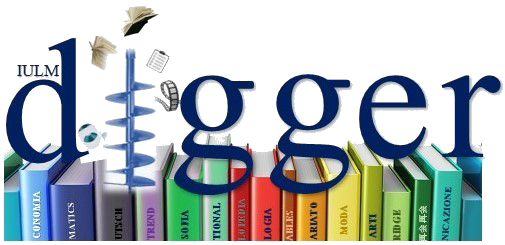After briefly putting 40 Sonetti di Shakespeare (1946) into the context of Italian literature, and a re-reading of Ungaretti’s invaluable Nota, we shall try, with reference to Ungaretti’s own poetry, to understand the influences which this encounter between the two authors had upon his poetry. Then, by way of example, we shall examine Sonnet 73 to show how in a few short verses a tight web of echoes intertwines bringing together many European traditions: Petrarch, Perse, Blake, Mallarmé, Shakespeare himself, Ungaretti and previous translators of Shakespeare. Beginning with an analysis of translation choices, we shall outline Ungaretti’s approach to the foreign text and highlight how the poet regarded his earlier translations of Blake and the language used in Trionfi (and in Canzoniere). We shall consider some images which had mutated from previous works, and symbols which, when filtered through Mallarmé’s Pomeriggio d’un Fauno and through this tradition, would reappear in Ungaretti’s next work as well as in several variations and compositions written in those years. This analysis underlines the strict relation between Ungaretti’s translations and his own work, highlighting that he regarded this exercise as a useful resource for inspiration and to resolve personal stylistic difficulties.
Giuseppe Ungaretti’s translations of Shakespeare’s sonnets and the Petrarchan model, 2020-11.
Giuseppe Ungaretti’s translations of Shakespeare’s sonnets and the Petrarchan model
Francesco Laurenti
2020-11-01
Abstract
After briefly putting 40 Sonetti di Shakespeare (1946) into the context of Italian literature, and a re-reading of Ungaretti’s invaluable Nota, we shall try, with reference to Ungaretti’s own poetry, to understand the influences which this encounter between the two authors had upon his poetry. Then, by way of example, we shall examine Sonnet 73 to show how in a few short verses a tight web of echoes intertwines bringing together many European traditions: Petrarch, Perse, Blake, Mallarmé, Shakespeare himself, Ungaretti and previous translators of Shakespeare. Beginning with an analysis of translation choices, we shall outline Ungaretti’s approach to the foreign text and highlight how the poet regarded his earlier translations of Blake and the language used in Trionfi (and in Canzoniere). We shall consider some images which had mutated from previous works, and symbols which, when filtered through Mallarmé’s Pomeriggio d’un Fauno and through this tradition, would reappear in Ungaretti’s next work as well as in several variations and compositions written in those years. This analysis underlines the strict relation between Ungaretti’s translations and his own work, highlighting that he regarded this exercise as a useful resource for inspiration and to resolve personal stylistic difficulties.| File | Dimensione | Formato | |
|---|---|---|---|
|
Tra Due Rive. interno.pdf
Open Access
Dimensione
1.41 MB
Formato
Adobe PDF
|
1.41 MB | Adobe PDF | Visualizza/Apri |
I documenti in IRIS sono protetti da copyright e tutti i diritti sono riservati, salvo diversa indicazione.



